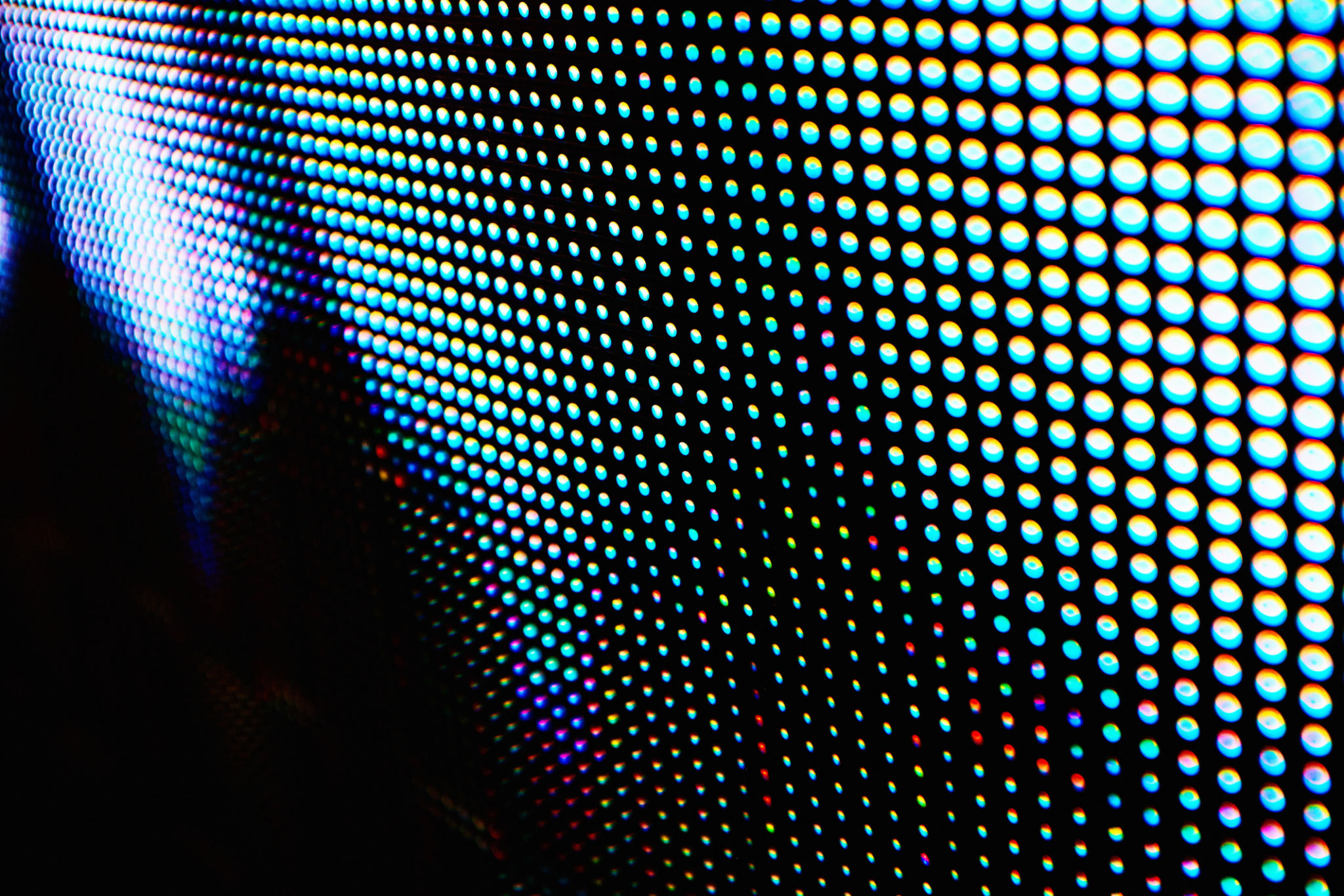Common Mistakes in LED Content Creation and How to Avoid Them
Understanding LED Content Creation
Creating engaging content for LED displays can be a challenging task. These displays are unique in their design and purpose, requiring a specific approach to content creation. Many businesses make common mistakes that can detract from the effectiveness of their LED displays. Understanding these pitfalls is the first step in crafting compelling visuals that capture attention.
An LED display serves as a dynamic advertising tool, but its potential is often underutilized. Content that works well on other platforms doesn't necessarily translate to success on an LED screen. Avoid these frequent errors to ensure your content stands out and effectively communicates your message.

Choosing the Right Content
Avoiding Overcrowded Displays
One of the most common mistakes is trying to fit too much information into one display. LED screens are often viewed from a distance, so clarity is key. Overloading an LED screen with text or images can make it difficult for viewers to absorb the message. Instead, focus on simplicity and prioritize key information.
To avoid this mistake, use concise messaging and complement it with strong visuals. Aim for a balance that draws attention without overwhelming the audience. Remember, less is often more when it comes to LED content.
Ignoring Readability
Readability is crucial when creating content for LED displays. Fonts that are too small or overly complex can make the text illegible, especially from afar. Always choose clear, bold fonts and ensure there is enough contrast between text and background to enhance visibility.

Effective Visual Elements
Incorporating High-Quality Images
Low-resolution images can severely impact the quality of your LED display content. Since these screens often have high resolution, using high-quality images is essential for maintaining a professional appearance. Make sure your images are properly optimized for the display size and resolution.
Test your images on the LED display beforehand to ensure they appear crisp and clear. This step can prevent any surprises once your content goes live and helps maintain the integrity of your message.
Avoiding Static Content
LED displays are designed to showcase dynamic content, yet many businesses fail to leverage this capability. Stagnant images or text can quickly become boring. Introduce movement through animations or video clips to capture viewer interest.

Planning and Strategy
Lack of Content Planning
A successful LED content strategy involves careful planning. Without a clear strategy, your content may lack direction and fail to resonate with your target audience. Define your goals, understand your audience, and plan content that aligns with your business objectives.
Regularly update your content to keep it fresh and relevant. A stagnant display not only fails to engage but may also signal neglect to your audience.
Neglecting Testing and Feedback
Finally, neglecting to test content before deployment is a critical error. Test your content on the actual LED screen to ensure everything appears as intended. Gather feedback from viewers or team members and be willing to make adjustments based on their input.
By taking these steps, you can avoid common pitfalls in LED content creation and maximize the impact of your displays. Effective planning and execution will ensure your messages are both visually appealing and impactful.